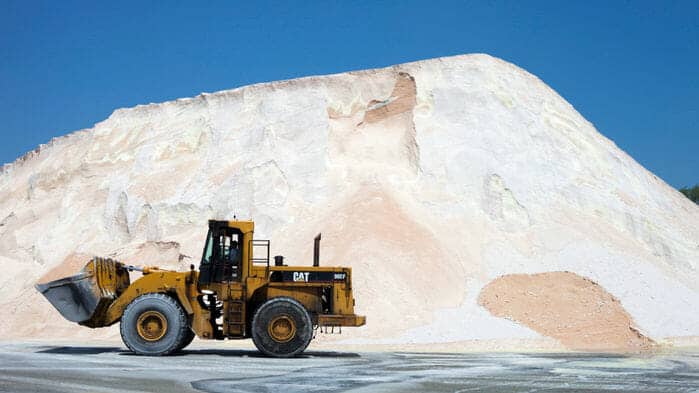

photo: Allison Cekala
The bomb cyclone that hit the northeastern United States last week left roadways and vehicles caked in a white film of road salt and grime. Those salts might be washing into the region’s fresh waterways, a new study reveals.
A 50-year-long analysis of hundreds of U.S. Geological Survey monitoring sites finds salts in freshwater rivers and streams are rising across much of the nation. That could mean compromised drinking water akin to the crisis that struck Flint, Michigan, in 2014 when the city switched its water source to the highly salted Flint River.
But road salts and de-icers, mostly made of the same stuff as table salt, are not the only culprits. Researchers discovered additional salt ions — potassium, magnesium, and calcium, among others — are also increasing in the country’s freshwater rivers. Water pH increased at 66% of sites, meaning many waterways are becoming more alkaline.
Those changes varied by region. For example, in midwestern agricultural areas, potassium levels rose fastest, likely from fertilizer runoff, whereas salt numbers swelled most rapidly in the densely populated and humid Northeast. Such changes were largely missing in the arid West. Taken together, the “freshwater salinization syndrome” researchers describe today in the Proceedings of […]
Full article: U.S. rivers are getting saltier, potentially compromising drinking water
Also search more about rivers.
WWF Report Explores Rivers’ Less Valued Benefits
Interfaith Leaders From Across The World Pledge To Protect Rivers, Glaciers
U.S. rivers are getting saltier, potentially compromising drinking water
EPA’s Own Data Refutes Justification for Clean Water Act Rollback
Clean water is essential for life, yet millions of Americans unknowingly consume contaminants through their…
Human brains contain higher concentrations of microplastics than other organs, according to a new study, and the…
From the Office of the Governor: In anticipation of a multi-day, significant atmospheric river in Northern California,…
From Governor Newsom: Scientists, water managers, state leaders, and experts throughout the state are calling…
Photo: A harmful algal bloom in Milford Lake, Kansas, made the water appear bright green.…
An expanded plastic foam coffee cup is at a donut shop in Monterey Park, California.…